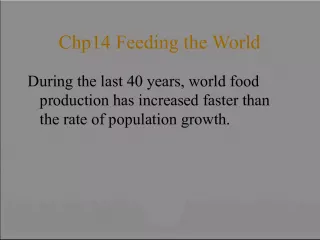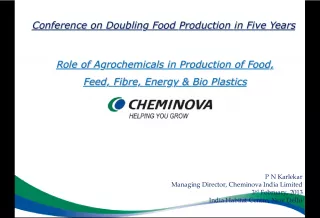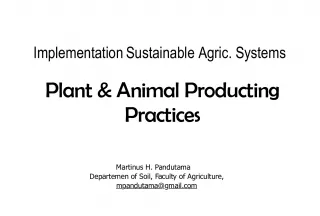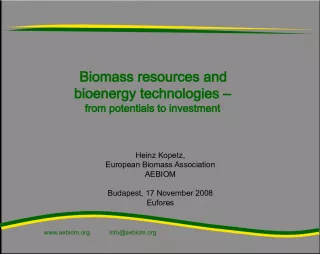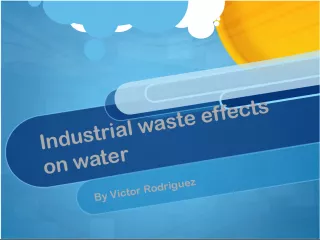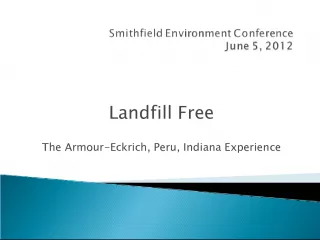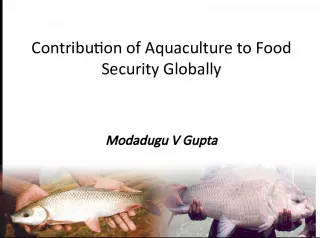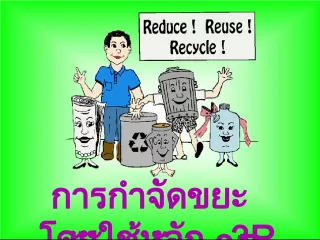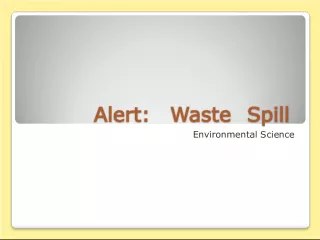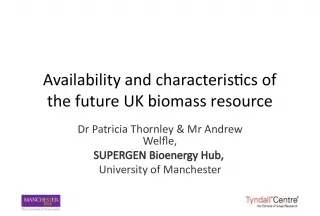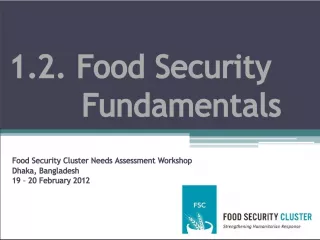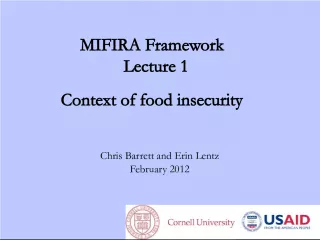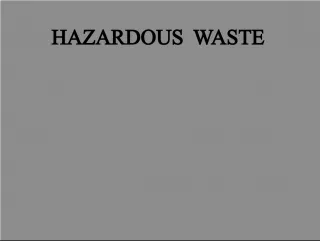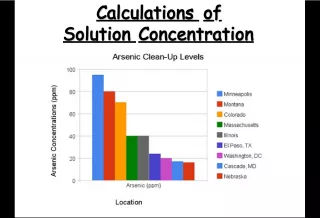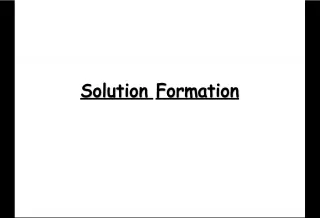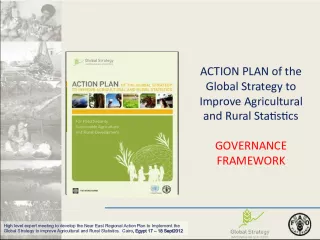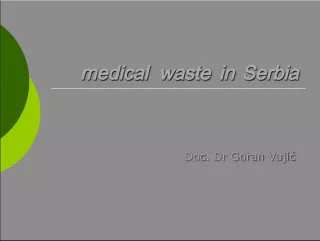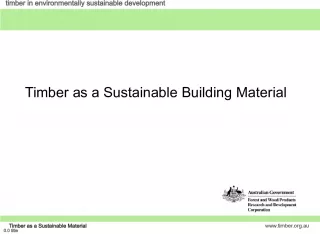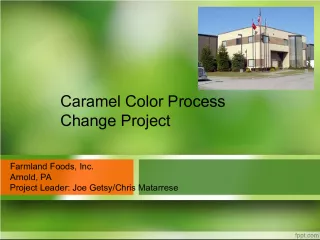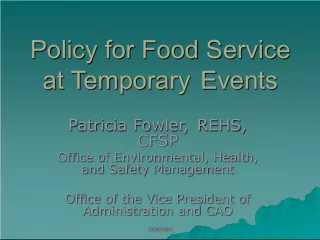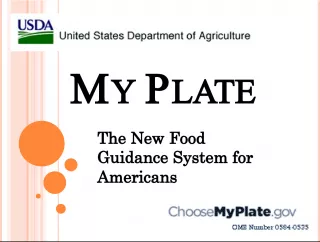BioEnergy Production from Food Waste: A Sustainable Solution
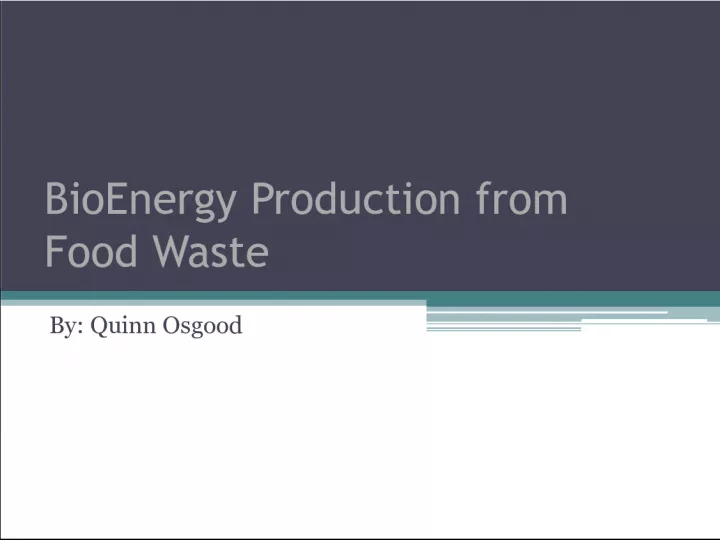

This article discusses the potential of using food waste as a source of renewable energy, highlighting various methods used to convert organic material into useful energy. It offers insights into the importance of sustainable practices to reduce dependency on non-renewable energy sources.
- Uploaded on | 1 Views
-
 emmett
emmett
About BioEnergy Production from Food Waste: A Sustainable Solution
PowerPoint presentation about 'BioEnergy Production from Food Waste: A Sustainable Solution'. This presentation describes the topic on This article discusses the potential of using food waste as a source of renewable energy, highlighting various methods used to convert organic material into useful energy. It offers insights into the importance of sustainable practices to reduce dependency on non-renewable energy sources.. The key topics included in this slideshow are BioEnergy, Food Waste, Methane, Hydrogen, Organic Material,. Download this presentation absolutely free.
Presentation Transcript
1. BioEnergy Production from Food Waste By: Quinn Osgood
2. Background Information It has become apparent that the world needs to find an energy source other that the non-renewable ones we use today. A potential solution can be found in food waste, which is produced in great quantity and is very rich in organic material and stored energy. Several methods have been tested to harvest the energy stored in this waste, most of which strive to gather Methane and Hydrogen.
3. Hydrogen and Bioenergy Hydrogen shows great potential as a fuel source that is both efficient and environmentally safe. Another use for Hydrogen is as an additive for Compressed Natural Gas, which reduces the formation of Nitrogen Oxides by up to 50% Given the importance that Hydrogen may have in our energy future, efficient methods for production will be very important.
4. Two-Stage anaerobic fermentation for H 2 and CH 4 production Anaerobic dark fermentation of food waste followed by either light or dark anaerobic fermentation for H2 production Generally result in high CH4 production but comparatively low H2 production Poor H2 yield results from the main organic acids present after anaerobic fermentation being acetate and butyrate which more readily form other compounds
5. Development of a novel three-stage fermentation system converting food waste to hydrogen and methane Dong-Hoon Kim and Mi-Sun Kim
6. Abbreviations COD = Chemical Oxygen Demand LFE = Lactate fermentation effluent I/S ratio = inoculum to substrate ratio VS = volatile solids
7. Objective To develop of a novel three-stage fermentation system converting food waste to hydrogen and methane with an emphasis on high H2 yield.
8. Methods Overview The food waste was collected from a cafeteria, diluted two times by volume and shredded into pieces < 5mm in diameter. The COD of the carbohydrates in the food waste was then adjusted to 30 2 g/L Stage 1 of fermentation: The food waste is fermented for one day for the production of lactate. The LFE was then centrifuged Stage 2 of fermentation: The supernatant is removed and used for H2 photo-fermentation Stage 3 of fermentation: The residue is removed and used for CH4 production via anaerobic digestion H2 and Ch4 content was measured with gas chromatography, other compounds were measured with HPLC and quantities such as VS and COD were determined with standard methods
9. Schematic
10. Methods: Stage 1 There is no initial inoculum, but instead relies on organisms already present in the food waste. The fermentor used had a working volume of 2.5 L and was equipped with a pH sensor and a mechanical agitator. pH was initially 7 0.1 and dropped to 5.0 due to fermentation products and was then held there ( 0.1) by addition of KOH. Temperature was held at 35C and the agitator was held at 100 rpm Later testing showed that the primary bacteria present were Lactobacillus sp. and Streptococcus sp.
11. Methods: Stage 2 The inoculum used in the photo-fermentation was R. sphaeroides previously isolated from mud on an island in the West Sea of Korea The bottles were inoculated with 0.56g of the cells, then 50 mL of the diluted supernatant from the LFE and a trace metal solution were added. The bottles were then held at 30C and were agitated with a magnetic stir bar at 100 rpm The media was exposed to light with an intensity of 110W/m^2 with a halogen lamp
12. Methods: Stage 3 The inoculum used for CH4 production was a sample taken from an anaerobic digester at a local waste water treatment plant. The solid portion of the LFE, inoculum and tap water were added to the bottle for a working volume of 100mL The initial pH of the media was set to 7.5 by the addition of KOH and HCL The sample were held at 35C in a shaking incubator
13. Results: Stage 1
14. Results: Stage 2 A maximum of 2570 mL of H2 was produce/ L of broth with the addition of 0.5mL/L Trace metal solution. This corresponds to 994 mL H2 per g COD
15. Results: Stage 3
16. Results: Summary
17. Discussion From the results it was determined that 41% and 37% of the energy content of the food waste was converted into H2 and Ch4 respectively This corresponds to an electrical energy yield of 1146 MJ/ ton food waste which is 1.4 time more that the next best two-stage system About 3.6 MJ = 1 kWh, so the electrical energy yield is about 318 kWh This method produced the highest efficiency H2 yield of any study that made use of waste products by converting 8.38 mol H2 per mol of hexose, which has a theoretical maximum yield of 12 mol H2 This method, while having some down sides, is a definite step in the right direction for the development of efficient H2 production mechanisms
18. Comparison
19. Critiques Not using a pure culture for lactate formation This would result in higher lactate yield and thus higher H2 yield Figure 4 is not easily read but contains significant data Much of this is resolved if Table 2 and Figure 4 were to be place next to each other The phrase a certain amount is used in place of actual quantities in multiple places in the text and I feel that this damages the reproducibility of the experiment. Overall I thought this was a quality paper that included novel ideas and good results.
20. Future Directions Using a pure culture in lactate fermentation to increase lactate yield Exploring other H2 producing microorganisms and optimization of H2 producing pathways Lactate fermentation followed by a two stage dark/photo H2 fermentation system Performing this test in a different region where different food wastes would be more abundant. Development of a mechanism for removing ammonium from solution after lactate fermentation
21. References Kim, Dong-Hoon, and Mi-Sun Kim. "Development of a Novel Three- Stage Fermentation System Converting Food Waste to Hydrogen and Methane." Bioresource Technology 127 (2013): 267-74. 1 Oct. 2012. Web. doi: 10.1016/j.biortech.2012.09.088
